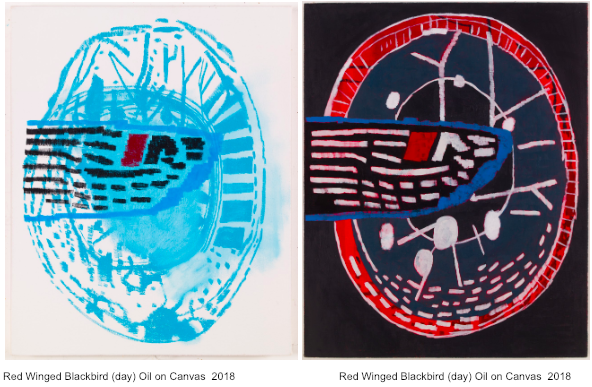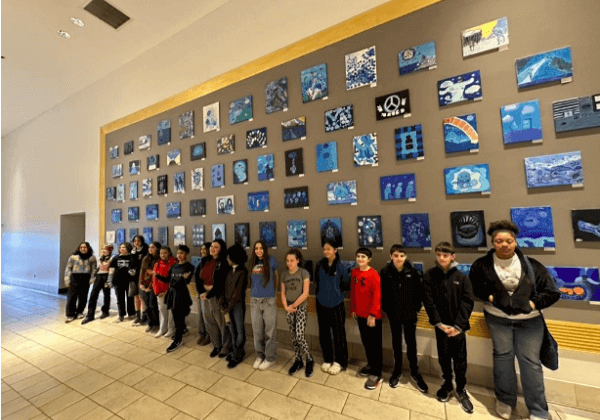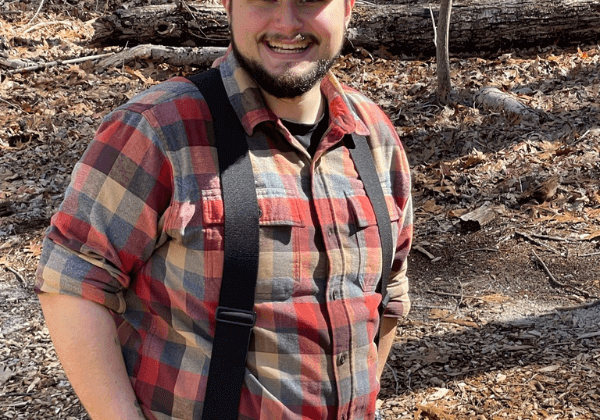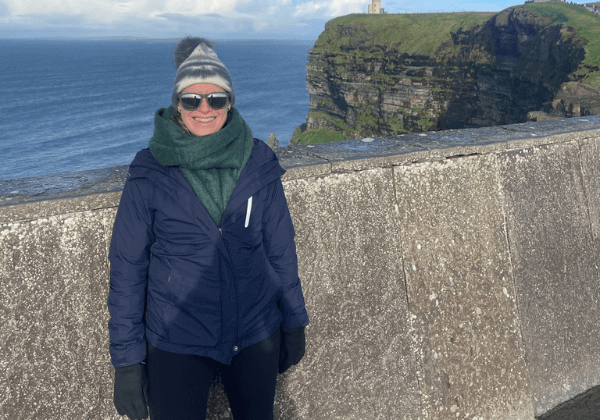Artist Spotlight – EJ Hauser
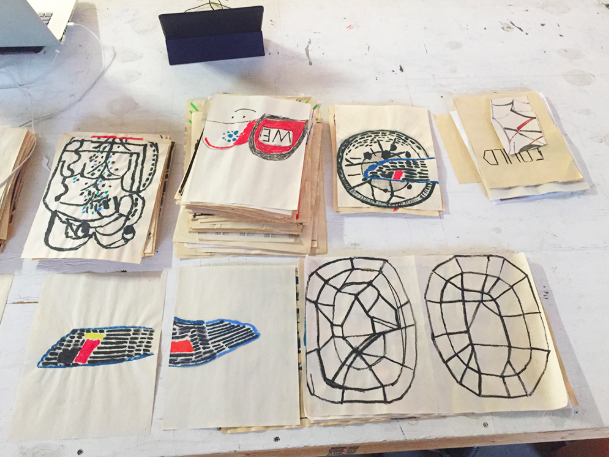
Artist Spotlight – EJ Hauser: Drawing, Painting and Active Imagination
It’s a well known studio adage that drawing is the lifeblood of painting. It’s the bit of advice that gets repeated in school, or you read about in an artist’s monograph, or you overhear that the most prolific artists draw everyday. It’s a habit that is much easier said than done. EJ Hauser is, admirably, the genuine article when it comes to this truth. Not only do her drawings provide a cornucopia of imagery and structure for her oil paintings but they transform real experiences into symbols and pictograms. Her approach to drawing is to codify her observations through what Carl Jung called “active imagination,” a method that uses the imagination as an organ of understanding. In her drawings, Hauser uses bold lines, colors, and strokes to create an image that transforms remembered experiences into a primal record. Her visual symbols are not burdened with objective communication; they have no predetermined meaning. Instead, her symbols communicate to the viewer visually, and unconsciously, remaining inside the unconscious realm where they originated.
I had the opportunity to chat with EJ in her studio as she prepared for her show Barn Spirits, which opens at Derek Eller in January 2019. Barn Spirits comprises a body of work she began in upstate New York while at an artists’ residency.
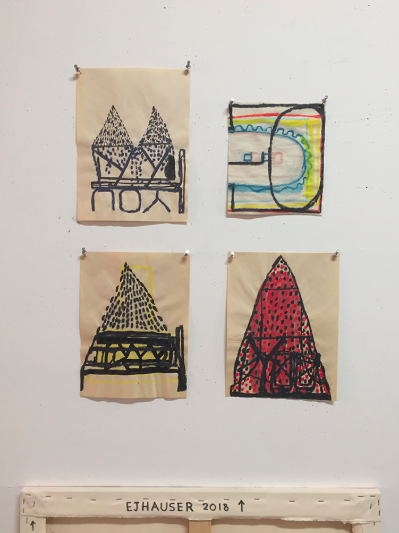
MB: Can you talk about your relationship to drawing?
EJH: I don’t draw everyday. I make drawings as an effort to get new subject matter for the paintings. It’s like solving a puzzle, looking really hard at something from life and how it goes on paper. I make fast, big marks with no illusionistic space. Drawing produces ideas to bring into painting, which limits possibility, and this can be key. As a kid all I wanted to know was what my subject matter was going to be, what the paintings were about. The shape, line, gesture in the drawing is an invitation, and the interpretation of the drawing reveals as much about the viewer.
MB: How did these drawings begin? How do you select which drawings become paintings?
EJH: This body of work was not started in the studio, it was started in a barn in rural upstate. The barn was practically outdoors, it leaked bugs. The whole time I was there, I tried not to listen to the political news, and I was thinking how “the news” cannot compete with the power of nature. The light and the leaves moving kept stealing my attention, the aliveness of things. One of the coolest things about any artwork is that there was someone behind it who was alive. Artwork shares some of the *aliveness* of the human being. I draw on newsprint pads because it is a low stakes way of working with ideas. In the drawings, I’m looking for a particular tone or resonance, like a tuning fork. These resonant drawings then have a possibility to become a painting. Like the wing and the clock.
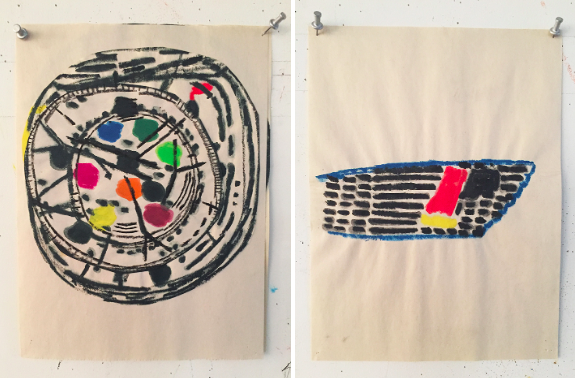
MB: You told me a story about the birdwing…
EJH: This summer I was thinking about active imagination – sort of Jung’s free-association – you create a scene in your head – like a moment in your dreams. When a visual image enters your mind, but it wasn’t a conscious appearance, you learn something about yourself and your symbols. This summer, a red winged blackbird kept coming to visit me. It was oily black, in the meadow, with a cadmium red stripe. It got me thinking about male birds, and how this red was sexy to females. He drew attention to himself and how he lived during the day. He was my guide to being there.
MB: So then, do you consider the paintings and symbols to be primal?
EJH: The nature of what constitutes a symbol, is a bit debatable. But the way I think about them in my paintings and drawings is totemic, iconographic images that are about more than just a mountain or a bird wing for instance. And my motivation to work in series is similar to musicians wanting to compose arrangements. For me, painting is like spinning out the songs: here’s the disco version, the tender folk version. The color in painting is my most handy skill for broadcasting something that approaches interior life.
